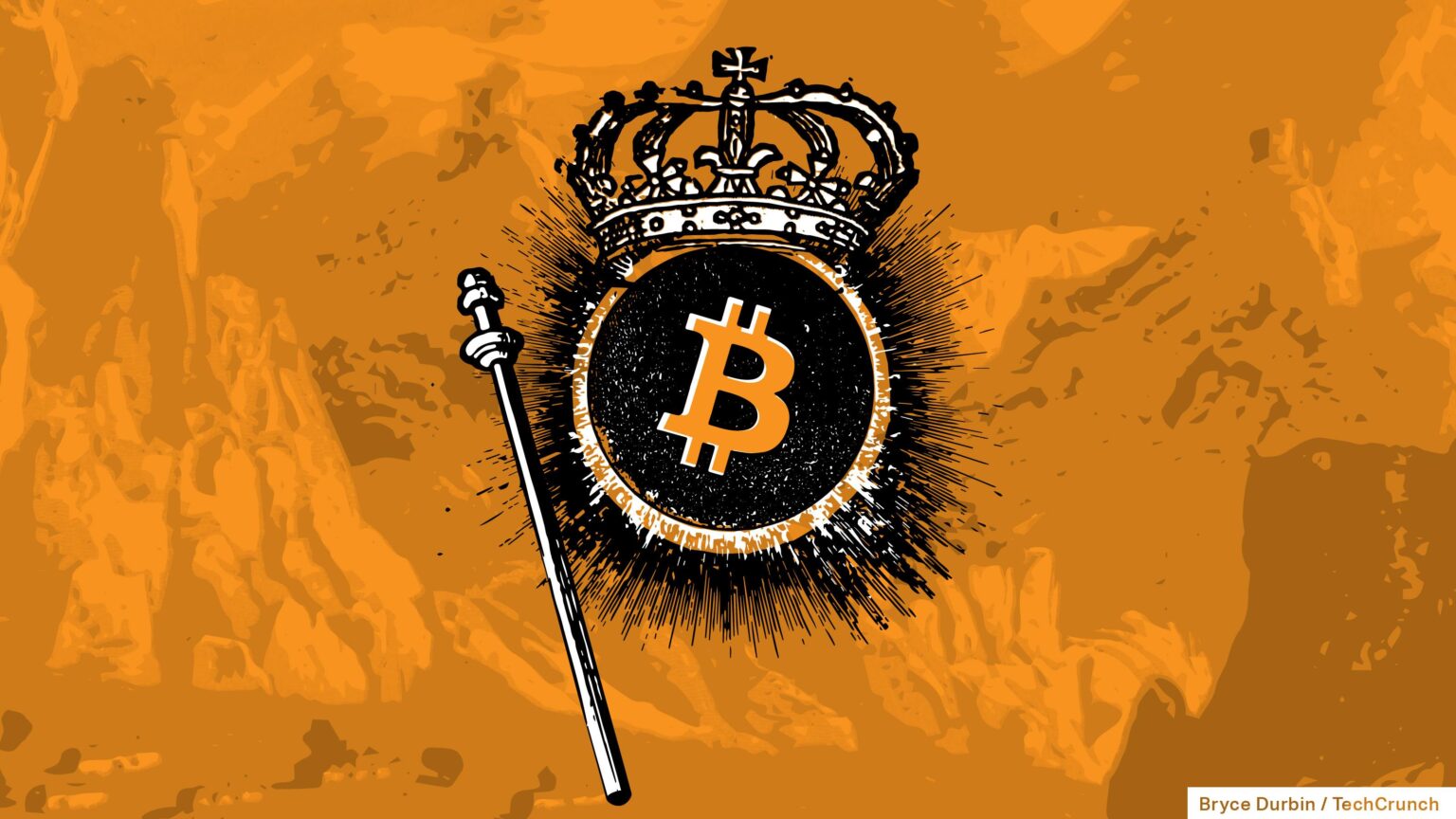US-China Trade Truce: A Boost for Bitcoin and Global Markets
On May 11–12, the U.S. and China declared a 90-day trade truce, easing global market tensions. This temporary ceasefire followed months of escalating tariffs and economic uncertainty.
The agreement, reached in Geneva, includes a rollback of existing tariffs and commitments to boost bilateral trade. The U.S.lowered tariffs on $350 billion of Chinese imports from 145% to 30%.China reciprocated by reducing duties on $120 billion of U.S. goods from 125% to 10%.
Key highlights include China’s agreement to resume buying Boeing aircraft and commit to importing $50 billion annually in U.S. soybeans and liquefied natural gas. Both countries also eased restrictions on semiconductor exports.
Financial markets responded positively. The S&P 500 rose 3.26%, and the U.S. dollar index slipped 0.2%. This shift in global trade dynamics has also influenced crypto prices.
Bitcoin (BTC) surged to $105,740, its highest in over a month. The crypto Fear and Greed Index rose to 70, indicating growing optimism.Bitcoin’s rally,fueled by spot ETF inflows,has made it the sixth-largest tradable asset globally.
Ethereum (ETH) also gained, trading close to $2,560. The total crypto market cap is now at $3.32 trillion, a significant rebound from April’s low.
As trade tensions ease, the broader macroeconomic backdrop is shifting. This could lead to cooling inflation and increased odds of rate cuts.
US-China trade truce Boosts Crypto Market Sentiment
The recent US-China trade agreement could be a game-changer for the crypto market, especially for Bitcoin. Before the deal, both countries had imposed tariffs over 100%, sparking fears of global price hikes.
These concerns made conventional inflation measures seem unreliable. Many saw the positive US CPI data in March as disconnected from the trade tensions. Now, with tariffs easing, this gap might close. The case for trade-driven inflation is weakening, which is crucial for those watching monetary policy.
If inflation keeps cooling, the Federal Reserve might cut interest rates. This could boost liquidity for risk assets like Bitcoin. The latest April CPI data supports this trend, with headline inflation at 2.3%, below expectations.
Fed Chair Jerome Powell noted the “good” underlying inflation picture and called tariff effects “short-lived.” The Fed left rates unchanged,maintaining a data-dependent stance.
From a market viewpoint, softer CPI and a dovish Powell could push Bitcoin beyond $110,000.However, the 90-day trade truce has caveats. Tough negotiations loom, especially on technology exports and AI governance. U.S.restrictions on Nvidia and TSMC chips are still in place.
Geopolitical factors, like China’s military activity near Taiwan, could also impact markets. If tensions rise, investors might turn to safe-haven assets like gold or the U.S. dollar.
Experts have mixed views on the crypto market’s next move. Charles Wayn from Galxe sees the truce as a positive shift, boosting macro sentiment. He believes bitcoin could reach new highs, with altcoins also rallying.
However, Kai Wawrzinek from Unachievable cloud Network points to unresolved infrastructure risks. He notes ongoing ambiguity around chip access and cloud dependencies, which the trade deal doesn’t fully address.
Cloud Industry Hesitation Spurs Decentralized Infrastructure Growth
Despite a slight improvement in sentiment, the cloud industry is still cautious about making big moves. According to Wawrzinek, even tech giants like Microsoft and Amazon have paused significant spending on data centers. This hesitation is due to ongoing trade tensions.
Though, this uncertainty could be a boon for decentralized infrastructure. These networks are less vulnerable to outages, hacks, and political interference. They also offer lower costs compared to centralized providers. This makes them an attractive choice for businesses looking for reliable solutions.
On the crypto front,there are signs of a positive shift. PlanB, a well-known crypto analyst, sees similarities between the current market momentum and past bull runs. He predicts Bitcoin could reach $400,000 in the next few months if the Relative Strength Index (RSI) stays above 80.
Blockchain analytics firm Santiment has also noted a divide in wallet behavior. Large holders are accumulating Bitcoin, while smaller holders are selling. This could signal confidence in Bitcoin’s potential to hit new highs.
While these early signs are promising, they don’t guarantee a sustained trend. as always,investors should proceed with caution and only invest what they can afford to lose.

